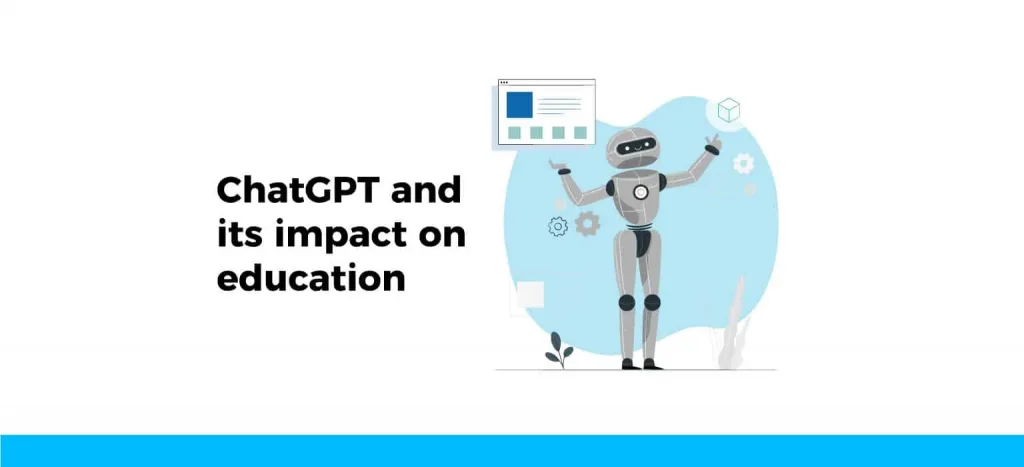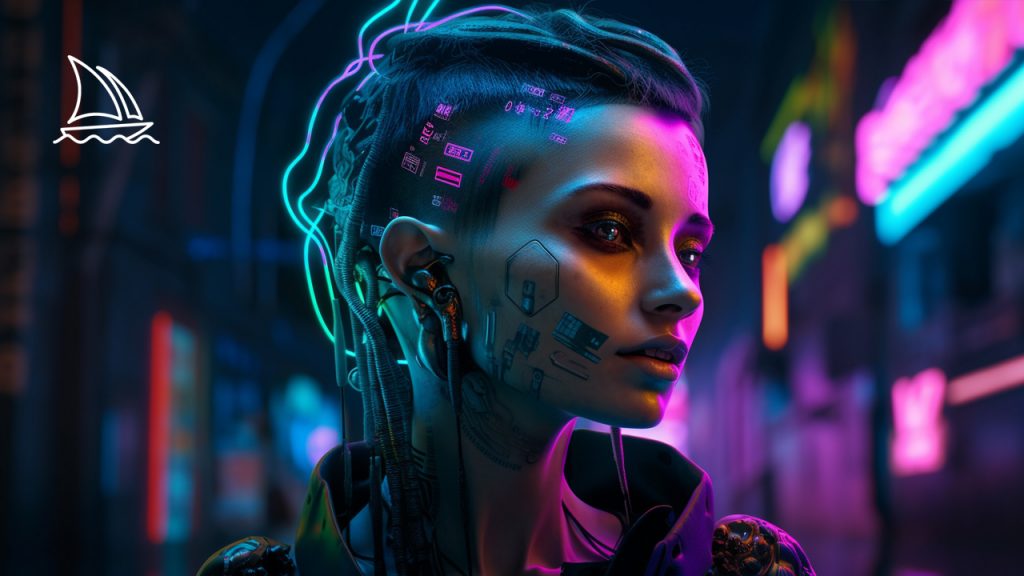
Over the last few years, ChatGPT has emerged as a powerful AI-tool with the potential to transform the educational system and support students and professors in various ways. It can assist professors by generating and providing instructional materials and can tutor students by answering questions and assist in writing papers. However, ChatGPT does not always provide truthful information and can have a destructive effect on the educational system (Lo, 2023).
The machine learning language tool gives instant access to information, which aids students as well as professors in understanding complex topics quicker and more efficient learning. AI tools also reduce the workload of lecturers, enabling them to engage in more research, improve the quality of teaching and implement new teaching methods. ChatGPT helps students similarly by generating study materials, answering questions, and aiding research. This leads to students having a greater accessibility to knowledge, ensuring that students can find answers to their queries quickly and efficiently (Grassini, 2023).
On the other side, AI tools such as ChatGPT contain challenges related to its accuracy and reliability. Because ChatGPT is trained on a large number of existing data from prior evaluations, the answers given by ChatGPT can potentially be biased and standardized. Furthermore, Lo (2023) states how ChatGPT has the potential to encourage a decline in students’ motivation and initiative, potentially leading to students deter from developing critical thinking and problem-solving skills. Additionally, there is the risk of academic misconduct, as students may use ChatGPT to generate plagiarized content. Lastly, there is always the fear of educators that the rise of popularity in AI tools will have the termination of their jobs as a result (Lo, 2023).
Personally, I use ChatGPT daily and believe it is an incredibly useful tool in education, job applications, seeking personal advice, and beyond. It has the potential to revolutionize the way we learn, offering quick access to information and assistance across various domains. However, I also recognize the importance of using it responsibly and to acknowledge its shortcomings.
The future of ChatGPT in education is promising, but it also involves complex questions, as “How will students keep motivated to stay creative and innovative in their educational learning and not only use AI tools to generate their papers?”
References
Grassini, S. (2023). Shaping the Future of Education: Exploring the potential and consequences of AI and ChatGPT in educational settings. Education Sciences, 13(7), 692. https://doi.org/10.3390/educsci13070692
Lo, C. K. (2023). What is the impact of CHATGPT on education? A rapid review of the literature. Education Sciences, 13(4), 410. https://doi.org/10.3390/educsci13040410


